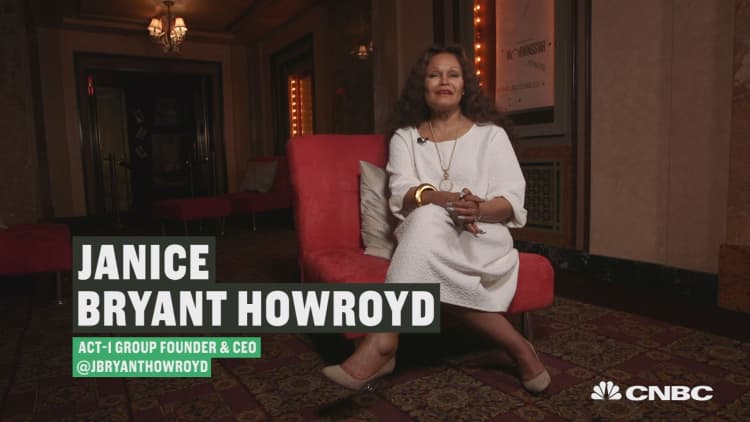Minorities are making history, entering the workforce in larger numbers than ever.
The Washington Post analyzed Labor Department data extending back to the 1970s and found that last year, new "working-age" hires were mostly people of color, outnumbering white hires. The Post defines these new hires as people within the "prime working age" of 25 to 54.
The wave of female minorities getting jobs, as white baby boomers retire, has helped drive this historic trend, The Post notes. Their analysis shows that minority women increasingly began working in 2015, and their numbers have grown since.
According to the Labor Department data, the number of people employed increased by 5.2 million since the end of 2016, and ethnic and racial minorities make up 4.5 million of that number.
Minority families on average have long had less wealth than their white counterparts, but could be more financially stable with this latest trend. The Post reports that the big question will be seeing how long minorities can stay employed in high numbers, given the signs of a slowing economy and job growth.
The 2016 Federal Reserve data that the Post cites reveals the typical white family household had the highest level of median family wealth, with a net worth (the difference between families' gross assets and their liabilities) exceeding $170,000. Meanwhile, the typical African-American or Latino family household had a net worth falling below $21,000.
Despite the longstanding wealth disparity, employers in a tight labor market look outside their "normal pool of candidates" to fill open roles, economists tell The Post. But there are other factors at play sending minority women, especially, into work.
A shift in cultural attitudes, as well as more women achieving higher education, signify two big reasons – a stray from the old-school mentality that women stay at home and take care of the children.
The Post also cites the financial burden families feel to make ends meet, where establishing a two-income household becomes necessary. Some of the biggest job gainers, The Post reports, are minority women older than 45 who are returning to work to make money after raising kids.
Another reason for minority women entering the workforce is the threat of deportation. The Post cites data from the Migration Policy Institute that says "more than 90% of U.S. Immigration and Customs Enforcement arrests are of men." Women minorities are feeling more pressure to become the breadwinner of their families, in fear their husbands could one day no longer be living in the country.
Like this story? Subscribe to CNBC Make It on YouTube!
Don't miss: Walmart extends 'returnship' program aimed at helping women rejoin the workforce



